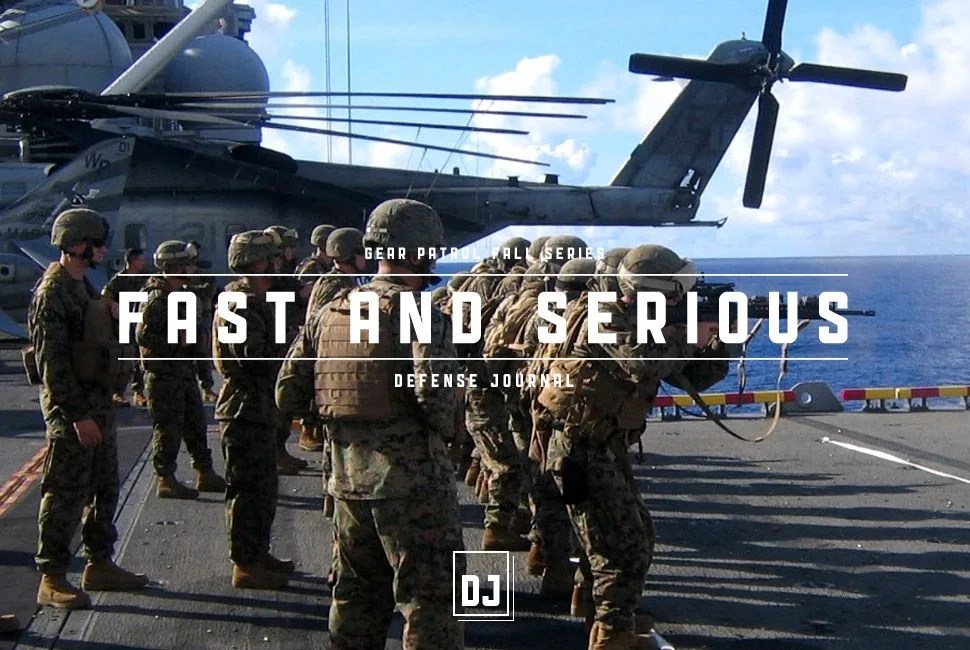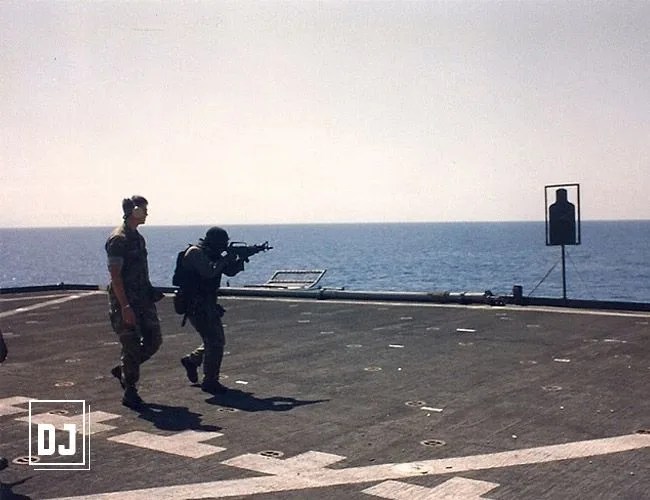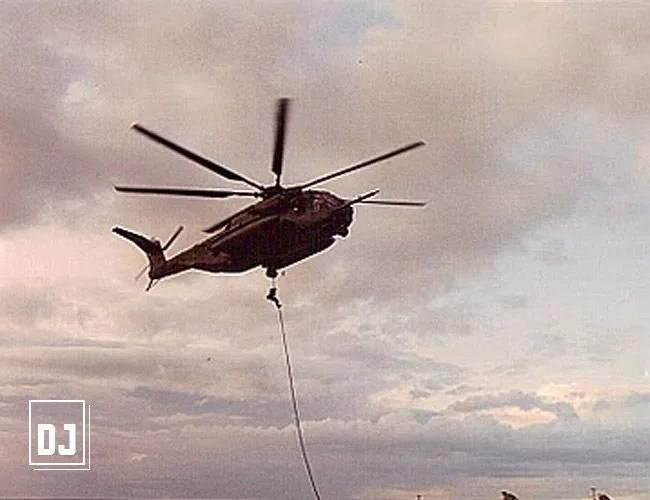Editor’s Note: Last year, the Department of Defense spent $707 billion in defense, over $1 trillion when accounting for other departments like FBI counter-terrorism, Energy, and NASA — not to mention interest. It’s a colossal sum, and an equally imposing topic to cover — we’ll leave it to you to pick a front-line news spin. Instead, we’ve decided to hone in on our preferred angle, the “lesser-known” slant, at least to us civilians. We’re calling it Defense Journal, and it’s the focus of this fall series.
Between now and the end of this year, Defense Journal will share expositions — including the FAST platoon report you’re about to read — from the rise of drones or Air-Sea Battle to briefings on matters like the Marine Corps new pistol. The coming biweekly installments of Defense Journal mark our first incursion into digestible defense coverage. Join us and pass along any tips, ideas or productive feedback (we’re keen on the subject’s gravity) to feedback [at] gearpatrol.com.
After the murder of US Ambassador Christopher Stevens during the 9/11/2012 attack on the U.S. consulate in Benghazi, Libya, the US responded with the deployment of a little known element from our armed forces. On 12 September, a Marine Corps Fleet Anti-terrorism Security Team (FAST) platoon, approximately 50 young men, mostly infantry, deployed from Rota, Spain to secure the embassy and associated facilities in Tripoli. Shortly after that deployment, a second FAST platoon was sent to Yemen to support the embassy there. So, what is a FAST platoon and what is it capable of doing?
Find out more about FAST platoons after the jump.
1st FAST Company was established in 1987 and its capability proved so useful to commanders that two more FAST companies were eventually stood up. Existing forces tethered to the security of specific U.S. Navy installations were unleashed and re-designated as 2nd and 3rd FAST Companies to provide more flexible, agile forces that could respond to threats worldwide. Today, FAST platoons are deployed around the globe to provide limited duration expeditionary anti-terrorism and security forces in protection of vital naval and national assets. When the USS Cole was struck with a boat-borne improvised explosive device on October 12, 2000, opening a 40 by 40 foot gash in the side and killing 17 sailors, a FAST platoon quickly established security around the damaged vessel. FAST platoons have been used similarly to secure U.S. interests in many a clime and locale — including embassies in Monrovia, Liberia; Port-au-Prince, Haiti; Baghdad, Iraq; Dili, East Timor; Jeddah, Saudi Arabia; Beirut, Lebanon — often in response to actual attacks against the missions in these locations.



